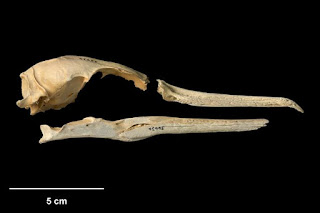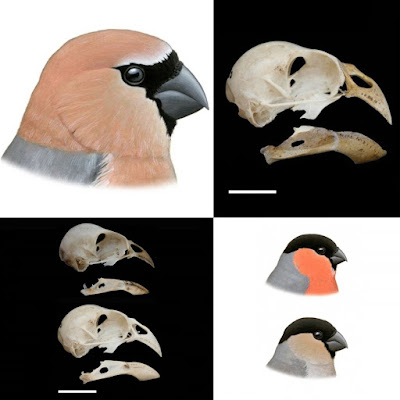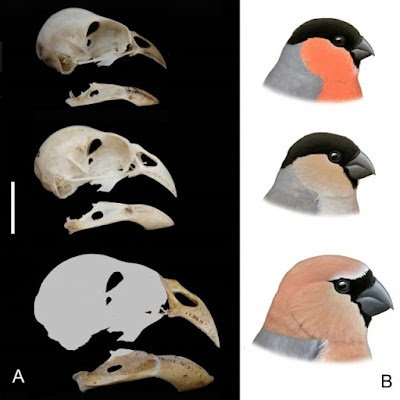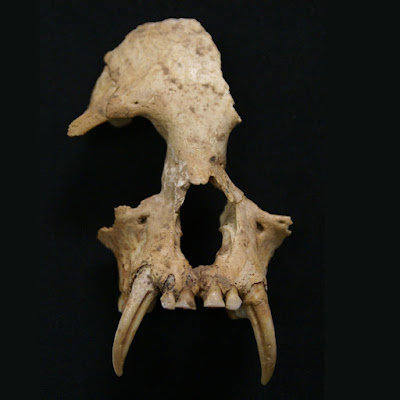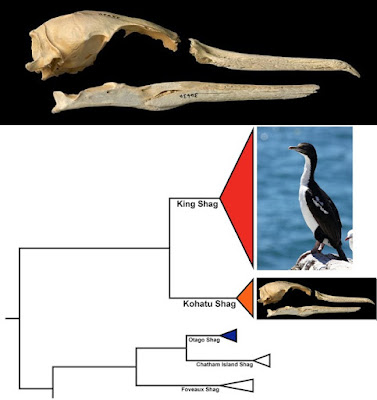 |
| Leucocarbo septentrionalis Rawlence, Till, Easton, Spencer, Schuckard, Melville, Scofield, Tennyson, Rayner & Waters, 2017 Kohatu Shag || DOI: 10.1016/j.ympev.2017.07.011 |
Highlights
• New Zealand King Shag occupied a ‘relict’ distribution for at least the past 240 years.
• Ancient DNA indicates drop in genetic variability and range shortly after human arrival.
• Leucocarbo from northern New Zealand represent new extinct species, Kohatu Shag.
• New Zealand biodiversity hotspot for Phalacrocoracidae.
Abstract
New Zealand’s endemic King Shag (Leucocarbo carunculatus) has occupied only a narrow portion of the northeastern South Island for at least the past 240 years. However, pre-human Holocene fossil and archaeological remains have suggested a far more widespread distribution of the three Leucocarbo species (King, Otago, Foveaux) on mainland New Zealand at the time of Polynesian settlement in the late 13th Century CE. We use modern and ancient DNA, and morphometric and osteological analyses, of modern King Shags and Holocene fossil Leucocarbo remains to assess the pre-human distribution and taxonomic status of the King Shag on mainland New Zealand, and the resultant conservation implications. Our analyses show that the King Shag was formerly widespread around southern coasts of the North Island and the northern parts of the South Island but experienced population and lineage extinctions, and range contraction, probably after Polynesian arrival. This history parallels range contractions of other New Zealand seabirds. Conservation management of the King Shag should take into account this species narrow distribution and probable reduced genetic diversity. Moreover, combined genetic, morphometric and osteological analyses of prehistoric material from mainland New Zealand suggest that the now extinct northern New Zealand Leucocarbo populations comprised a unique lineage. Although these distinctive populations were previously assigned to the King Shag (based on morphological similarities and geographic proximity to modern Leucocarbo populations), we herein describe them as a new species, the Kohatu Shag (Leucocarbo septentrionalis). The extinction of this species further highlights the dramatic impacts Polynesians and introduced predators had on New Zealand’s coastal and marine biodiversity. The prehistoric presence of at least four species of Leucocarbo shag on mainland NZ further highlights its status as a biodiversity hotspot for Phalacrocoracidae.
Keywords: Ancient DNA; Extinct; Holocene fossil; King Shag; Kohatu Shag; Leucocarbo carunculatus; Leucocarbo septentrionalis; New species; New Zealand
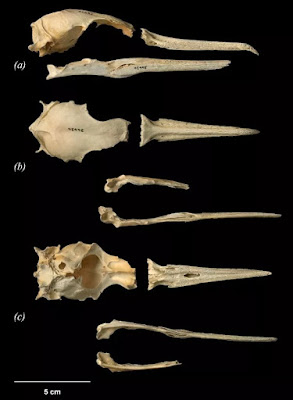 |
| Fig. 8. Cranial skeletal elements of the holotype of Kohatu Shag (Leucocarbo septentrionalis; NMNZ S.34434). (a) Lateral view; (b) Dorsal view; (c) Ventral view. |
Systematic palaeontology
PELECANIFORMES Sharpe, 1891
PHALACROCORACIDAE Reichenbach, 1849
LEUCOCARBO Bonaparte, 1857
[type species (by subsequent designation, Ogilvie-Grant, 1898) Carbo bougainvillii Lesson, 1837]
LEUCOCARBO SEPTENTRIONALIS SP. NOV.
English name: Kohatu Shag; Maori name: Kawau Kohatu
Type locality: Tokerau Beach, Doubtless Bay, Northland, New Zealand.
Etymology: septentrionalis from the medieval Latin for northern. This specific name recognises that this was the northernmost New Zealand member of the genus Leucocarbo. The name Kawau Kohatu in Maori is derived from the phrase ‘Te Ao Kohatu’ and means ‘shag [Kawau] from the stone age before our time [Te Ao Kohatu]’. The name recognises the species was found in Holocene fossil deposits of the iwi Ngati Kuri’s tribal area.
Distribution: Formerly of Northland, New Zealand.
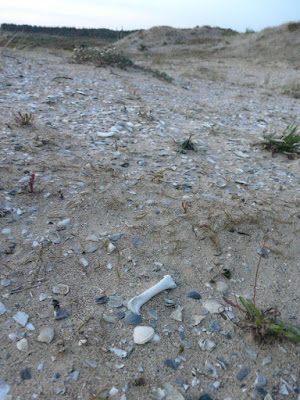
Nicolas J. Rawlence, Charlotte E. Till, Luke J. Easton, Hamish G. Spencer, Rob Schuckard, David S. Melville, R. Paul Scofield, Alan J.D. Tennyson, Matt J. Rayner and Jonathan M. Waters. 2017. Speciation, Range Contraction and Extinction in the Endemic New Zealand King Shag Complex. Molecular Phylogenetics and Evolution. in press. DOI: 10.1016/j.ympev.2017.07.011
Another extinct bird: Northland’s unique shag blog.tepapa.govt.nz/2017/08/14/another-extinct-bird-northlands-unique-shag via @te_papa
Hiding in plain sight: how we found New Zealand’s newest seabird, the Kōhatu Shag" sciblogs.co.nz/guestwork/2017/08/14/kohatu-shag @sciblogsnz
---------------------------------------------------------------
روابط التحميل والمشاهدة، الروابط المباشرة للتحميل
او
شاهد هذا الفيديو القصير لطريقة التحميل البسيطة
كيف تحصل على مدونة جاهزة بآلاف المواضيع والمشاركات من هنا
شاهد قناة منتدى مدونات بلوجر جاهزة بألاف المواضيع والمشاركات على اليوتيوب لمزيد من الشرح من هنا
رابط مدونة منتدى مدونات بلوجر جاهزة بآلاف المواضيع والمشاركات في أي وقت حــــتى لو تم حذفها من هنا
شاهد صفحة منتدى مدونات بلوجر جاهزة بألاف المواضيع والمشاركات على الفيس بوك لمزيد من الشرح من هنا
شاهد صفحة منتدى مدونات بلوجر جاهزة بألاف المواضيع والمشاركات على الفيس بوك لمزيد من الشرح من هنا
تعرف على ترتيب مواضيع منتدى مدونات بلوجر جاهزة بآلاف المواضيع والمشاركات (حتى لا تختلط عليك الامور) من هنا
ملاحظة هامة: كل عمليات تنزيل، رفع، وتعديل المواضيع الجاهزة تتم بطريقة آلية، ونعتذر عن اي موضوع مخالف او مخل بالحياء مرفوع بالمدونات الجاهزة بآلاف المواضيع والمشاركات، ولكم ان تقوموا بحذف هذه المواضيع والمشاركات والطريقة بسيطة وسهلة. ــــــــــــــــــــــــــــــــــــــــــــــــــــــــــــــــــــــــــــــسلامـ.


